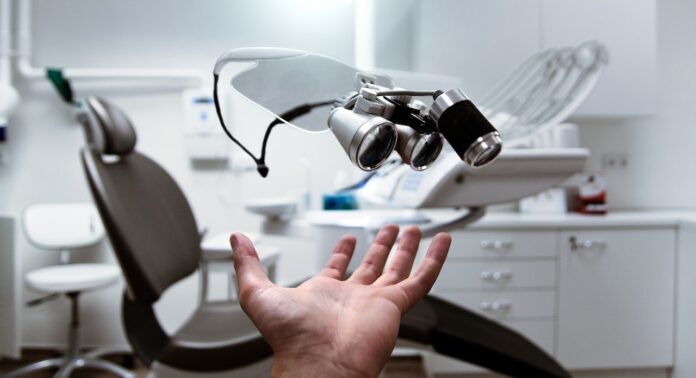There are a variety of different eye diseases but just to mention three of the most Common Eye Diseases that are experienced by a large majority of the population worldwide. These are eye diseases that can sometimes have a detrimental effect on a person’s life and some that can be dealt with in their preliminary stages to prevent this from happening.
One of the most common tyoes of eye disease is linked to age and getting older. This is more commonly known as Age-related macular degeneration or AMD. This is an eye disease that affects central vision as the macula is the middle part of the retina and is responsible for not only the central vision of the eye but also for color vision and seeing the finer details. With macula degeneration it becomes difficult for a person to see faces clearly, read or even to check their phones. Central vision is something that a person is most reliant on in their day to day life. If a person feels that they have symptoms for Age-related macular degeneration they should make an appointment to see their eye doctor, having regular eye checks though can really help to find Age related macular degeneration in its earlier stages and can provide the necessary treatment.
A second common eye disease that is also strongly associated with age, although the number of people that suffer from cataracts is very high, they are also very easily treated. A cataract is caused by proteins in the eye clumping together which then leads to cloudy vision. They can be removed through surgery that involves breaking up the protein clump, extracting it from the eye and then replacing it with a clear artificial lens. If cataract symptoms such as dimmed color vision, cloudy vision, light sensitivity or poor night vision begin to occur then a visit to the eye doctor is recommended, and treatment will be offered.
The third most common eye disease is Glaucoma which is a condition caused when a buildup of pressure causes damage to the optic nerve and leads to the vision deteriorating slowly. The pressure is mostly caused by the eye draining area not working properly and then the watery fluid naturally produced by the eye cannot leave the eye. If the condition is not treated quickly it can lead to the loss of the peripheral vision. Once vision loss caused by Glaucoma is lost it cannot be restored so it is vital that regular visits to the eye doctor are maintained so as to ensure a quick and effective treatment process to help to slow down the Glaucoma symptoms. Some of the symptoms that may show themself when suffering with Glaucoma are changes to the peripheral vision, red eyes, headaches, severe eye pain and blurry vision. There is a range of treatment available for Glaucoma including eye drops, oral medication and even laser surgery. The treatment given will be dependent on the severity of the Glaucoma at the time of detection.
































